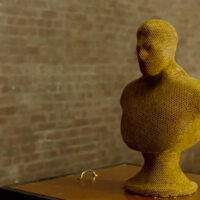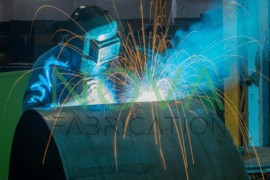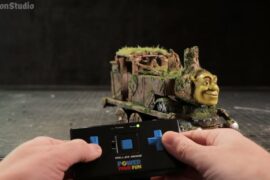Those who use a 3D mouse swear that once you use one, there’s no going back to using CAD without one. It’s hard to argue that it can dramatically change your entire modeling experience and speed up your process tenfold when used effectively. 3D mouse maker 3D Connexion offers an entry-level 3D mouse for $99, however it lacks the much-needed wrist support when hammering through hours of modeling—not to mention a weighted base that keeps the mouse on the table when performing a pull command. SolidWorks user and designer Coy Andrew is one of the many who are turned off by the price of the more expensive 3D mice with wrist support and set out to recreate the wrist-support and weighted experience of a more expensive model with the entry-level Space Navigator. Now past the prototyping stage and on Kickstarter, we had a chance to talk with Coy about how he and co-designer Rob turned a loose conversation into a fully-realized product.
Space Dock | Making an Affordable 3D Mouse Better
Whats a Space Dock?
The Space Dock is a line of products designed by CMP to fit the original 3D Connexion’s Space Navigator 3D Mouse.
We love our 3D Mice. We literally cant manage to work without them. However, we’re also perfectionists; and have long had some gripes with their affordable Space Navigator line.
If you already own one, you’re likely familiar with some of them:
- It’s a bit too light, and will often lift up when pulled.
- It doesn’t offer a enough wrist support.
Interview
Who are you guys and how did you initially come up with the idea for SpaceDock?: Rob and I work for the same company for our day jobs. Rob is the CNC Programmer and I work in the Engineering department. We both use our 3D mice every day and are always looking for new project ideas. We noticed one of the design engineers had a much nicer 3d mouse (Spacemouse Pro) which seemed both more comfortable and equally more functional. At first I thought “I had to have one.” However, I honestly had a bit of sticker shock when I saw the price. The idea was literally born when the words “we could machine one for less than that” were uttered.

How did you guys approach solving the design problem as a two-man team?: We each spend a good deal of time on design projects in our spare time, and decided to each tackle the same project and see how our results varied. Our intentions were actually to merge the two into one “super dock” of sorts, taking the best of both worlds; but we found combining them more difficult than we had initially imagined. Each had features we liked and so we decided it would ultimately be better leave the choice to the user. After all, the work was already done for both.
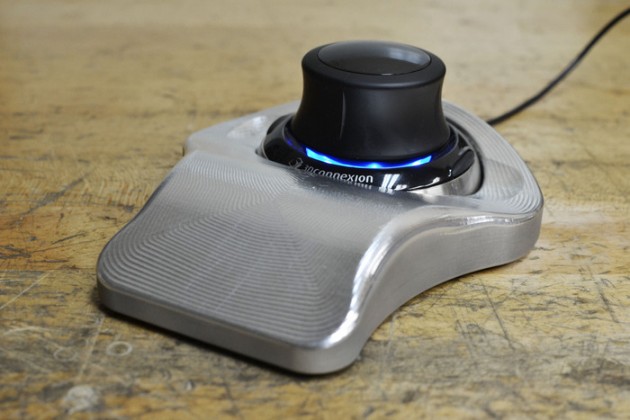
Tell us a little bit more about the design tools you used and the development process?: We work entirely within SolidWorks at work, and so its our natural choice for our design work as well. Throughout the process we each produced at least four printed prototypes prior to cutting any metal. Awhile back I built a RepRap 3d printer (Delta robot/Rostock style) which greatly aided the process. We passed the printed prototypes around the office and got feedback from our co-workers, aesthetic advice from family and friends, etc. Revised, rinsed, and repeated. When we were each satisfied with our design, we got down to cutting some metal. We’re both experienced machinists, so from there the rest was a cakewalk.

Obviously working in 3D is a big part of your life. Why do you think it’s important to have this knowledge in this day and age?: 3D is a huge part of our lives, and has literally transformed the way each of us tackle projects. I’d love to say I still do a lot of work with my hands, but those projects are few and far between anymore. Virtually every project begins with some sort of rough 3D sketching, even simple woodworking projects like a bookshelf (Well, really they all begin with a notebook sketch or napkin drawing-Rob). There’s just something about being able to visualize an idea nearly instantly in a relatively realistic environment that lets your imagination run wild. I do still enjoy a lot of woodworking projects; I’ve built a few pieces of furniture around my home, as well as most of the buildings on my property. I’m not happy unless I’m building something. My dogs house is even fully insulated, 2×4 framed, vented, and has a cat-house in the attic.
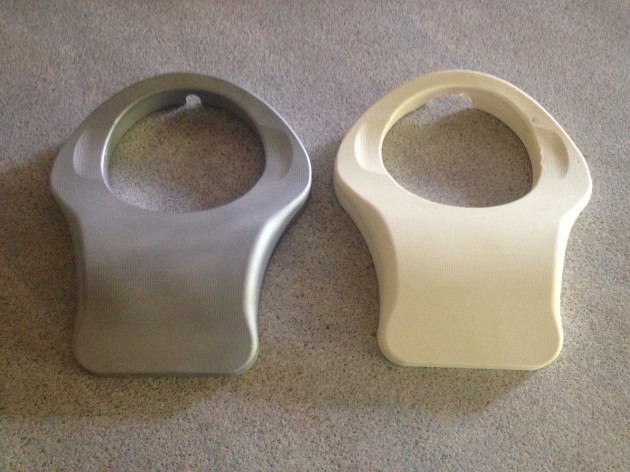
Be sure to head over to the Space Dock Kickstarter Page to show your support! As a previous user of a Space Navigator and now a user of a Space Pilot Pro, I can’t stress enough the difference between working with a wrist support and without.
Development Process
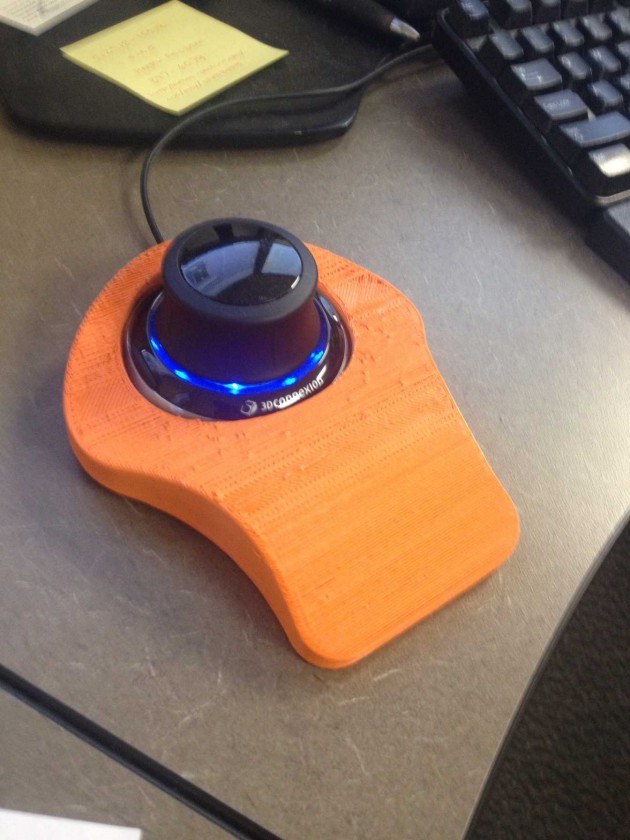
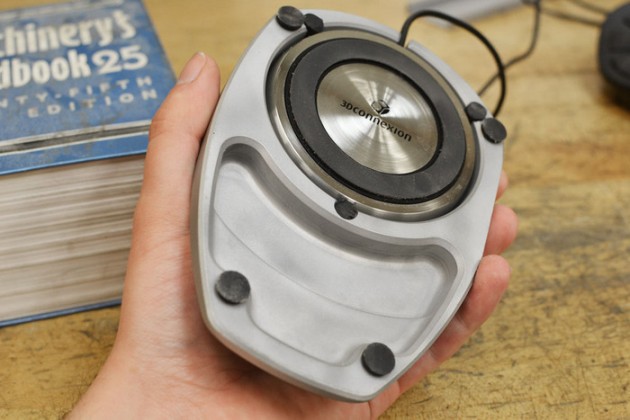
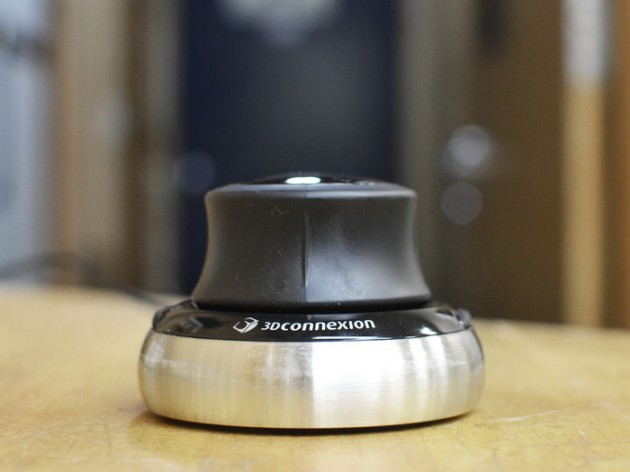


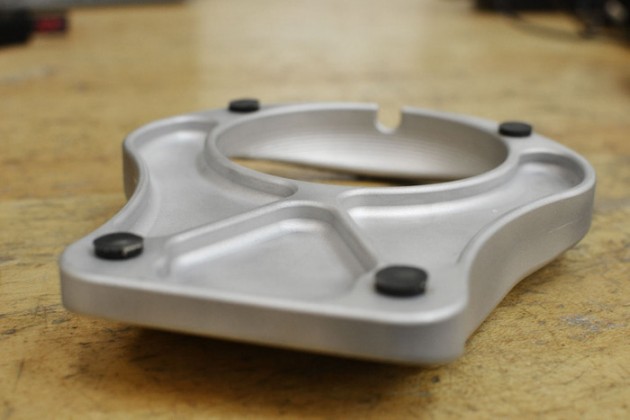




(Images via SpaceDock/Coy Andrew)


